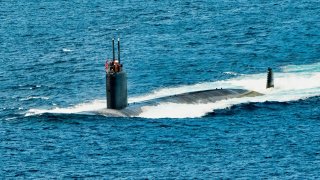$6,200,000,000: Too Much for a U.S. Navy Attack Submarine? Meet SSN(X)
The U.S. Navy’s SSN(X) program aims to develop the next generation of nuclear-powered attack submarines, promising greater speed, stealth, and operational capabilities, potentially incorporating biomimetic propulsion systems.
The Key Points: The U.S. Navy’s SSN(X) program aims to develop the next generation of nuclear-powered attack submarines, promising greater speed, stealth, and operational capabilities, potentially incorporating biomimetic propulsion systems.
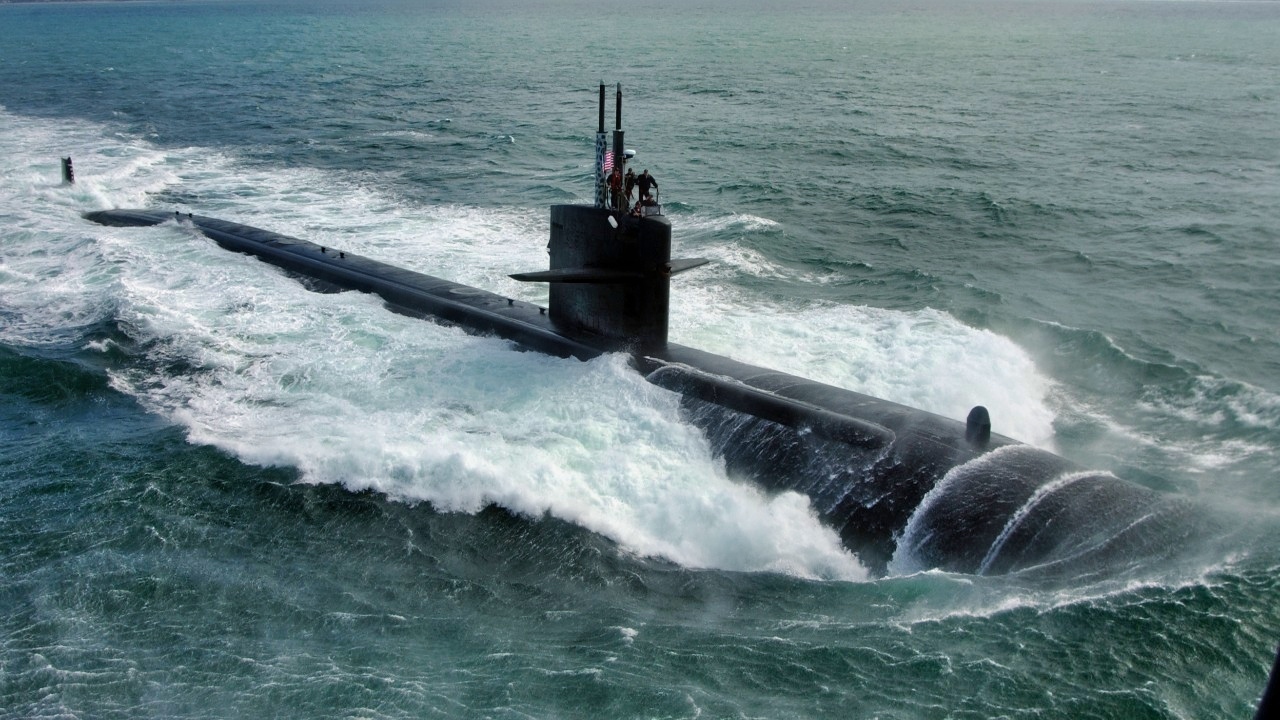
-Initially planned for construction by 2031, budget constraints and shipyard limitations have delayed the program to the 2040s. With costs projected at $6.2 billion per unit—significantly higher than the $2.8 billion Virginia-class submarines—Congress remains hesitant to commit.
-Critics argue that the Navy should prioritize modernizing shipyards and addressing current threats with cost-effective alternatives, such as expanding unmanned underwater vehicle (UUV) programs, rather than focusing on expensive platforms for future theoretical conflicts.
SSN(X) Delays: Can the Navy Afford Its Next-Gen Submarine?
The “X factor” has been longtime in military aviation nomenclature tradition, as in X-planes, such as the Bell X-1 that became the first aircraft to break the sound barrier, with the late great Chuck Yeager at the controls.
Or the rocket-powered North American X-15, which, at Mach 6.7, is the fastest aircraft ever, yes, even faster than the air-breathing Lockheed SR-71 Blackbird, which flew barely half that fast, at Mach 3.2, to the U.S. Navy’s (USN) upcoming F/A-XX fighter jet program.
But this time we’re talking about the “X factor” in a maritime context, such as warship’s nomenclature, more specifically an undersea warshp’s moniker.
Say hello to the U.S. Navy’s (SSN(X)) program.
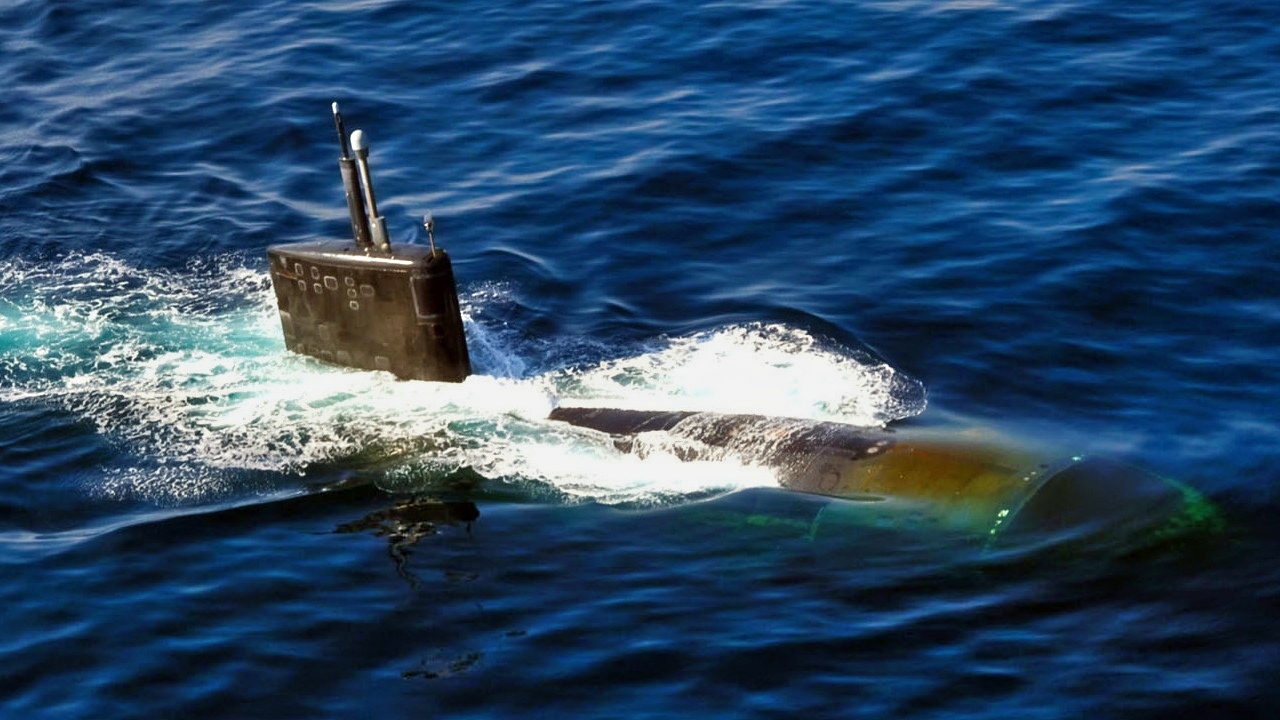
NOTE: “SSN” is the U.S. Navy hull classification symbol for nuclear-powered general-purpose attack submarine, a designation used for interoperability throughout NATO under Standardization Agreement (STANAG) 1166.
SSN(X) Initial History & Specification Requirements
The Navy first publicly identified the requirement for the SSN(X) program in 2014, and eight years later the USN brass submitted a budget request for Fiscal Year (FY) 2022 which included $98 million to continue research and development (R&D), including $29.8 million for general class development and $68.1 million for developing nuclear propulsion.
Along with the Columbia-class nuclear-powered ballistic missile submarines (SSBNs) and Virginia-class boats, the SSN(X) program is seen as a critical component of the USN's in maintaining American naval superiority in the coming decades, especially in the light of Communist China’s ever-expanding shipbuilding capabilities.
Given the experimental, hence the presence of that “X factor” in the first place, and hush-hush nature of the program, actual technical specifications and vital status for these prospective undersea boats are few and far better and speculative.
In the general sense, the “X-boats” will provide greater speed, increased torpedo payload capacity, improved acoustic superiority and non-acoustic signatures, i.e. quieter, and higher operational capacity.
There is even a rumor that these subs will include biomimetic propulsion systems, which are engines that replicate the movement of undersea wildlife to make it harder for enemy submarines to track the SSN(X).
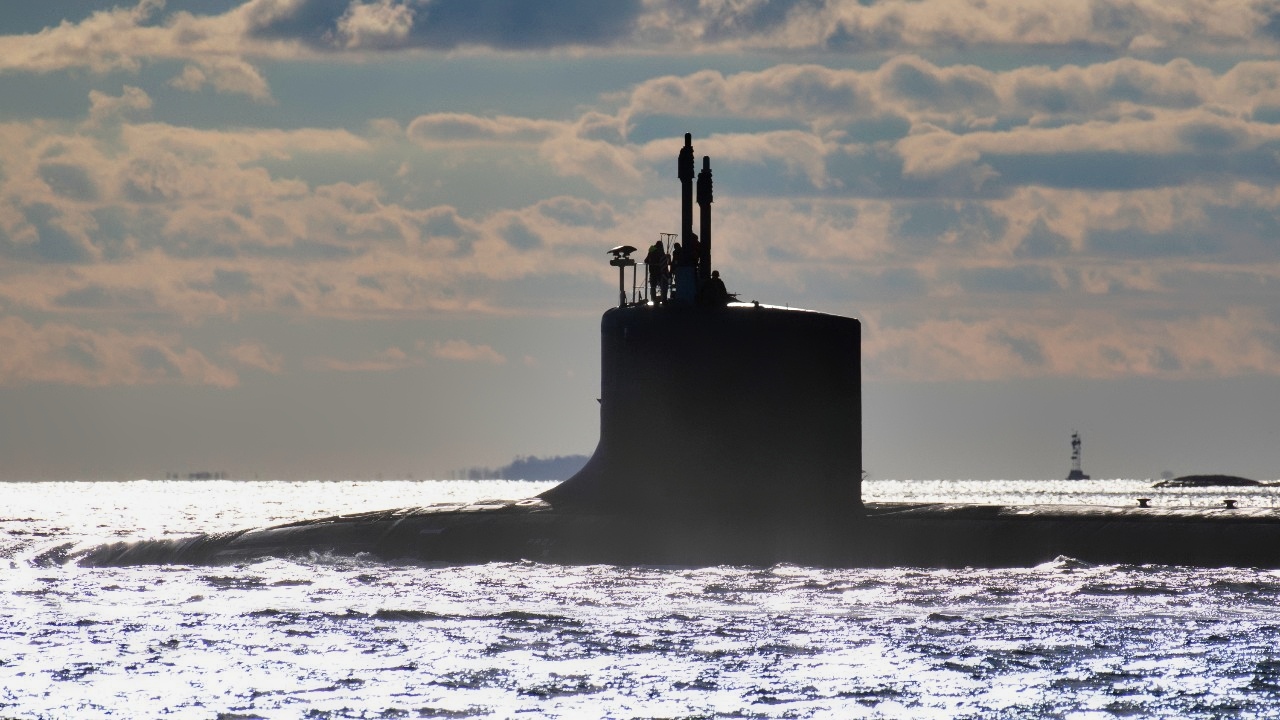
Trouble In Paradise? What’s Going Wrong?
Sounds all well and good in theory, right?
So, is there a potential holdup in practice, and if so, why? With so many up-and-coming military technologies (such as the USN’s DDG[X] next-generation destroyer program and aforementioned F/A-XX, along with the U.S. Air Force’s Next-Generation Air Dominance [NGAD] project) it all boils down to dollars and sense, as explained by my colleague Brandon J. Weichert explains in a October 27, 2024 article for The National Interest, “The U.S. Navy will push back construction of its next class of attack submarine, the SSN(X), until the early 2040s. Initially, the Navy had planned to begin building the SSN(X) in 2031. Then, the start date was pushed back to 2035. Now, because of budgetary constraints and the need to prioritize ongoing and near-term projects, the Navy has pushed the program back again.”
The Way Forward on SSN(X)?
The most optimistic assessment of the prognosis for SSN(X) can be summed up as “Hurry up and wait.” The emphasis right now is on building up the Virginia-class fleet and given the suboptimal hand that America’s shipyards have been dealt, they’re struggling to produce even two of those boats per year, “[T]he older Los Angeles-class attack submarines continue being retired at alarmingly high rates…America’s Congressional Budget Office projected the costs of the SSN(X) to be around $6.2 billion per unit. That’s orders of magnitude higher than the $2.8 billion price tag of the Virginia-class submarines. Because of the high price of the SSN(X), Congress is understandably reticent to commit…The real focus for the Navy should not be purchasing another expensive weapons platform to fight tomorrow’s theoretical wars. Instead, the Navy must focus on reliably countering real threats today…The Navy should focus its efforts on rapidly expanding and modernizing America’s broken shipyards.”
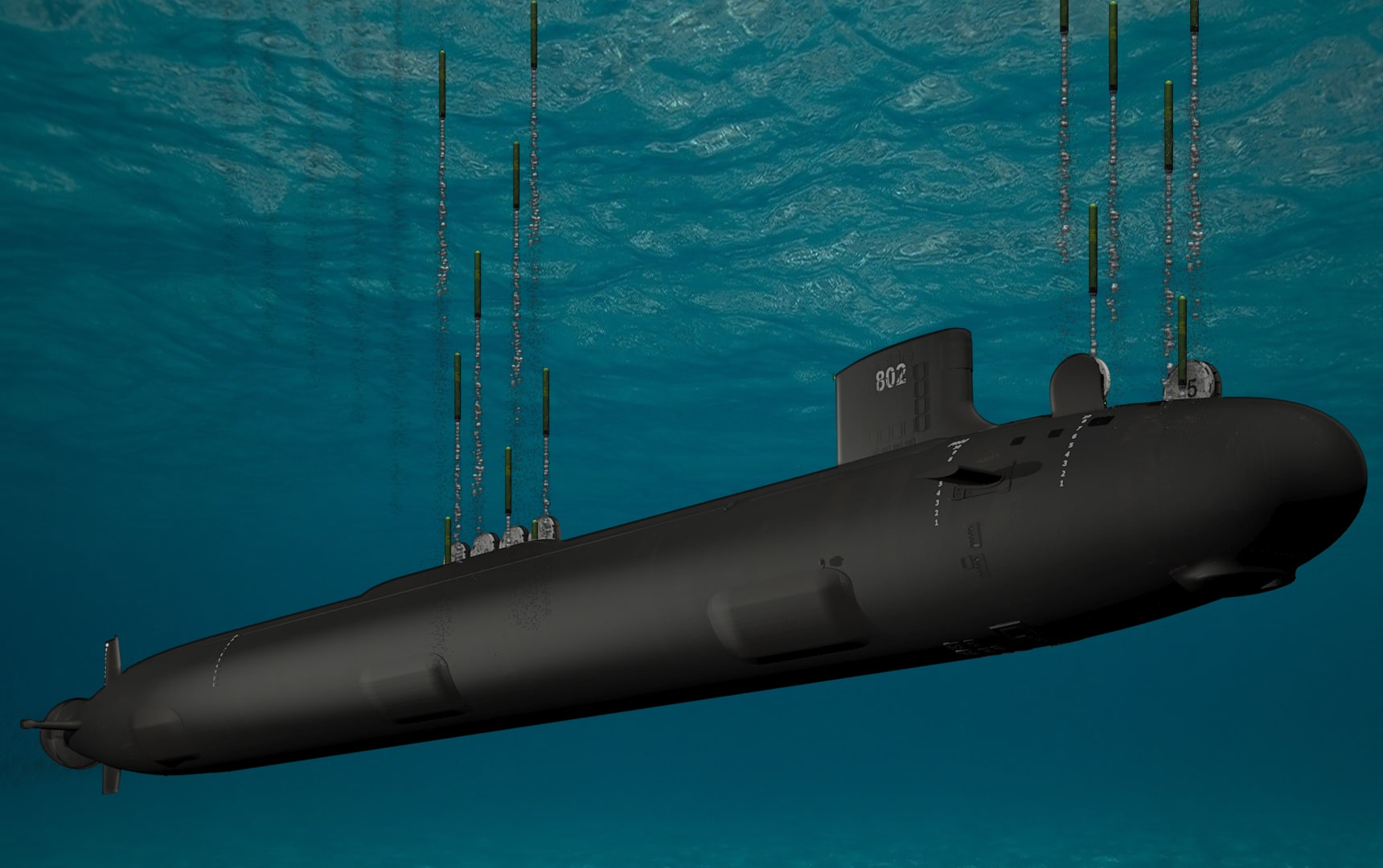
As a far more cost-effective alternative to the SSN(X) money pit, Brandon suggests beefing up the USN’s unmanned underwater vehicle (UUV) drone program. Time will tell.
About the Author:
Christian D. Orr is a Senior Defense Editor for National Security Journal (NSJ). He is a former Air Force Security Forces officer, Federal law enforcement officer, and private military contractor (with assignments worked in Iraq, the United Arab Emirates, Kosovo, Japan, Germany, and the Pentagon). Chris holds a B.A. in International Relations from the University of Southern California (USC) and an M.A. in Intelligence Studies (concentration in Terrorism Studies) from American Military University (AMU). He has also been published in The Daily Torch, The Journal of Intelligence and Cyber Security, and Simple Flying. Last but not least, he is a Companion of the Order of the Naval Order of the United States (NOUS).
Image Credit: Creative Commons and/or Shutterstock.


